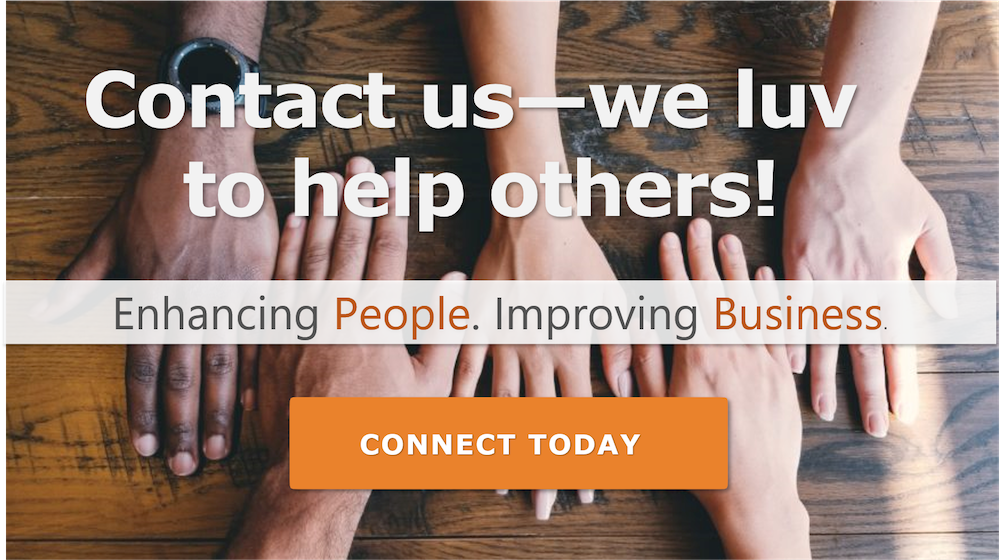Trending—Total Reward Programs
Have you noticed a new trend in the workforce? No one seems to be "working for the man" anymore. The song, composed and sung by Roy Orbison in 1962, depicted a man who slaved away for an oppressive authority day after day and got little compensation.
It later (from the '50s to' 90s) took on a broader meaning. It meant that you followed a societal script where you go to college, get a job, get married, buy a house, have children, pay your bills and die. You spent your life working for the man just to survive.
But, over the last 20 years, the workforce has evolved. The workplace has either had to change with it or be left behind. People want and expect more from their employers. Organizations have begun to realize that by offering a work environment with benefits and well-being programs, they attract the best talent.
Good pay and excellent benefits aren't enough to retain and motivate employees anymore. Workforce diversification, the rising cost of benefits, and competitive business environments have demanded a change in the way employees are compensated.
What is Total Rewards?
Total Rewards, initially introduced in 2000, is anything an employer offers in return for employees' commitment and contribution. It includes everything that is "rewarding" about working for an organization.
It encompasses the following elements:
• Compensation – Including fixed and variable pay
• Well-being – This is the state of the workforce that is productive, comfortable, happy and has their physical, emotional, and financial needs considered.
• Benefits – Programs focused on income protection, retirement, time off, and medical care help workers feel secure.
• Recognition – Such as formal or informal programs that thank, recognize, validate and celebrate contributions by the workforce while strengthening the organizational culture.
• Development – Encompasses the opportunities employers offer their workers to advance skills and competencies.
It is a fluid model that is continually evolving to reflect an organization's needs and workforce expectations.
When a Total Rewards program is used to motivate the workforce by making the workers feel appreciated and rewarded for their daily contribution, the organization has greater success.
Developing Your Total Rewards Strategy
Developing your strategy consists of four parts. They are Assessment, Design, Execution, and Evaluation. Pick your project team. The team should be made up of both decision-makers and front-line employees to ensure you have a well-rounded approach and that it fits the needs of everyone represented at the table.
Assessment
The team needs to assess your current benefits plan and compensation system to determine its effectiveness. You wouldn't build a house without first determining how much space you need. You may end up with too much space or, worse, not enough. Either way, you need to assess your needs before starting to build.
The assessment process includes polling the employees' beliefs and opinions regarding pay, benefits, and opportunities for growth. How does your current benefits plan stack up against these opinions? From this information, an assessment plan should be formulated to guide you on a new total rewards system.
It should include:
• What are the rewards?
• Who is eligible?
• What type of behaviors/values will be rewarded?
• How will the company fund the new strategy?
Design
Once your assessment is complete and you have the answers to those questions, you can design your strategy for what would work best in your workplace. You decide who will be rewarded for what, and what rewards will be offered to employees who achieve the company goals.
Benefits in a total rewards package are more than just monetary compensation. Benefits could include a flexible work schedule for productive employees, additional time off for people who show up on time every day, personal development opportunities, training for career advancement or all of the above. It depends on what makes the most sense within your organization.
Execution
Don't overlook evaluating the effectiveness of your program. Spending money on a program that does not meet your objectives is a waste of money. You set goals in the assessment phase and the objectives you wanted to achieve. Have those goals been met after six months?
For example, if the goal was to reduce the number of days employees called in sick to work, compare the before and after records to determine if your program was successful. If your goal was to increase job satisfaction, survey the employees prior to implementation and again at the end of six months or a year after implementation and compare the results.
If adjustments need to be made, it is important to dedicate the resources necessary to make those adjustments.
Your total rewards program must consider external influences, including social and cultural norms, advancements in technology, and your competitive workforce market. A deep understanding of these factors will provide the context necessary to build the kind of programs that will attract and retain high-performing, happy employees that increase business outcomes.
When you partner with Ulliance, our Life Advisor Consultants are always just a phone call away to teach ways to enhance your work/life balance and increase your happiness. The Ulliance Life Advisor Employee Assistance Program can help employees and employers come closer to a state of total well-being.
References
Rothman, W. N. (n.d.). Total Rewards Strategy. Retrieved from xperthr: https://www.xperthr.com/best-practice-manual/total-rewards-strategy/202/
Total Rewards. (n.d.). Retrieved from XpertHR: https://www.xperthr.com/topics/hr-management/total-rewards/
What is Total Rewards. (2020). Retrieved from WorldatWork: https://www.worldatwork.org/total-rewards-model/
What is Total Rewards Compensation? (2017, 07 03). Retrieved from gnapartners.com: https://www.gnapartners.com/resources/articles/total-rewards



